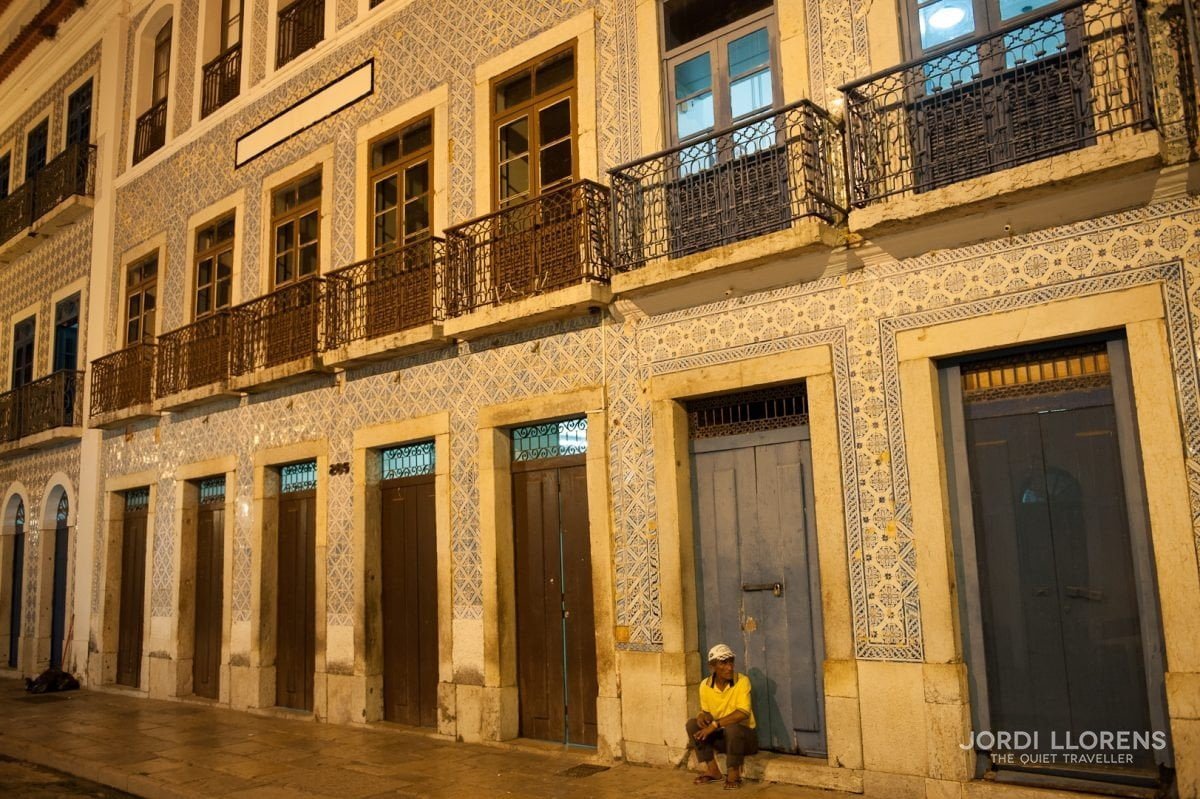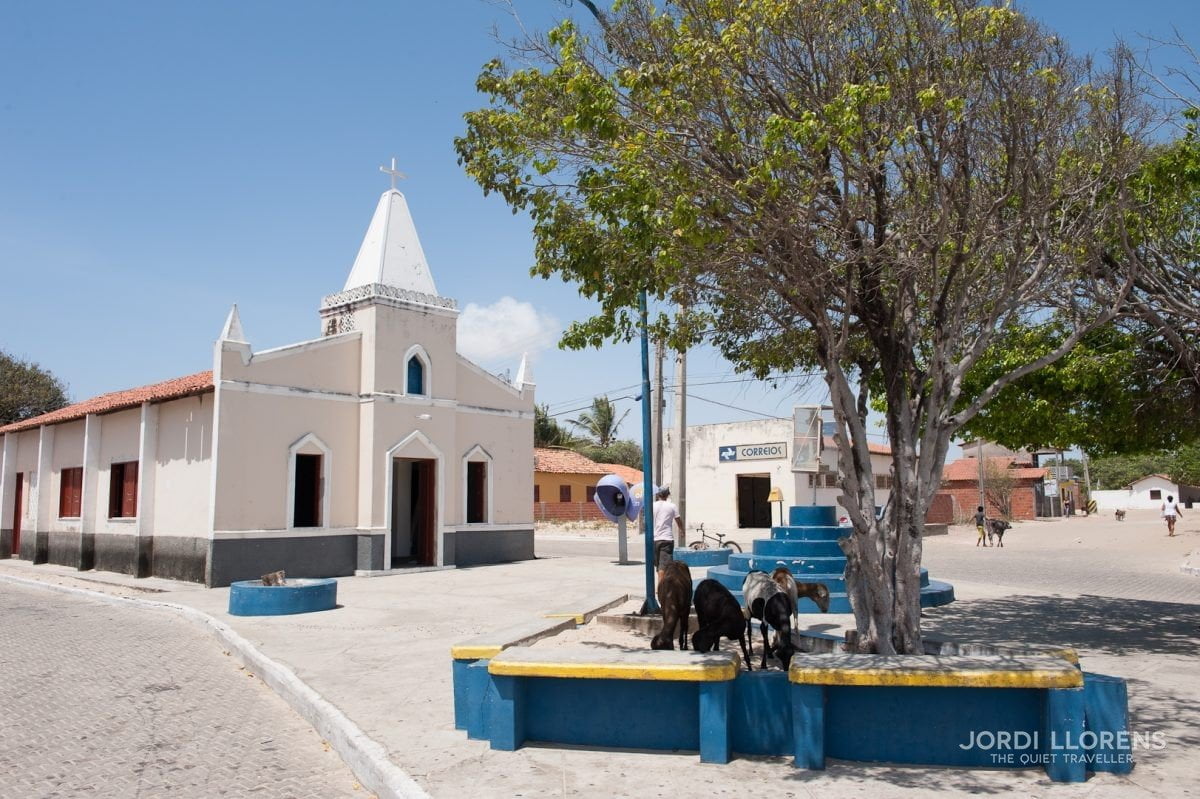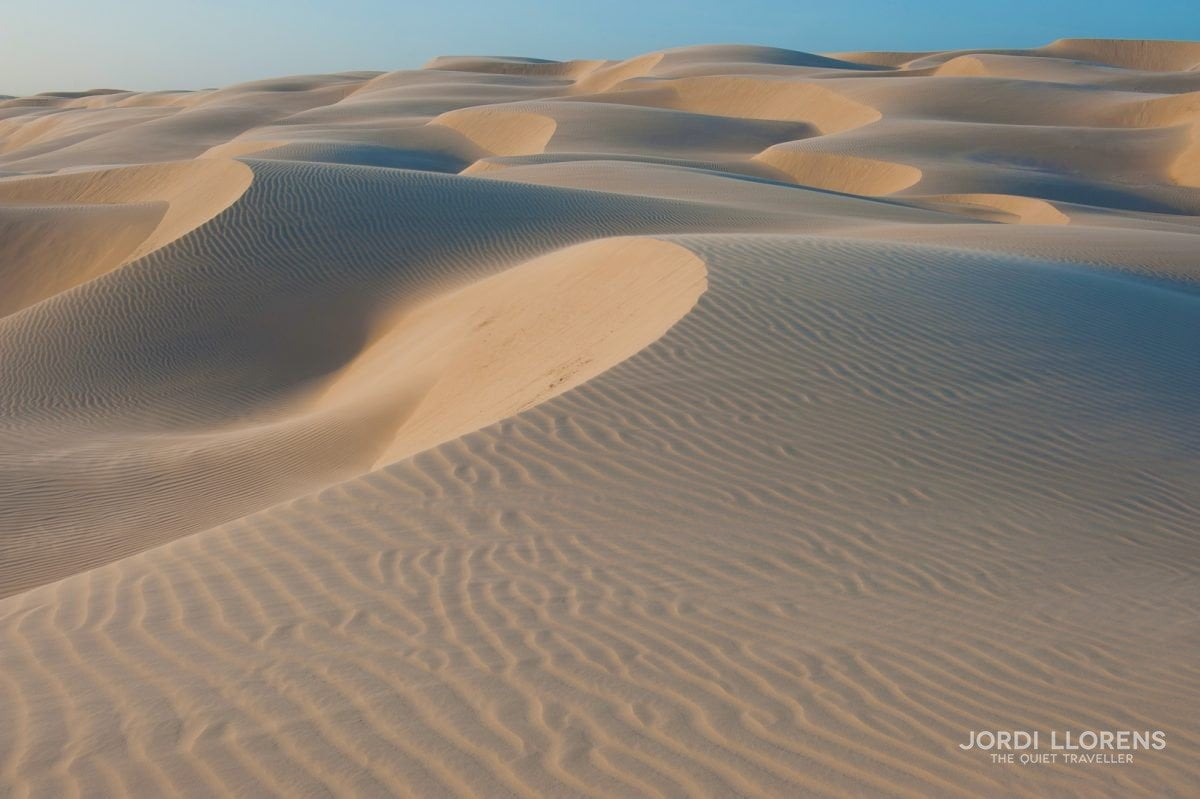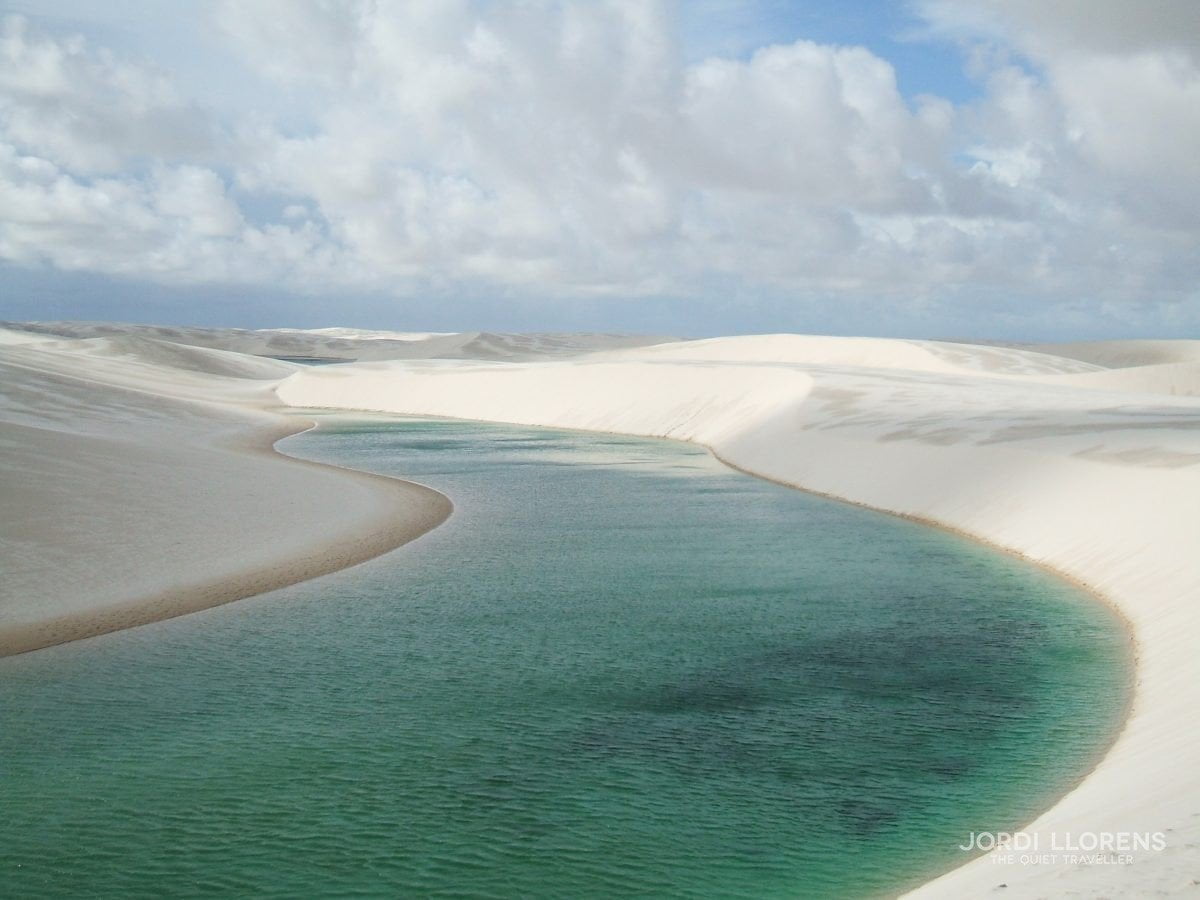Thousands of African slaves transported from the opposite side of the Atlantic Ocean, who had to become accustomed, in another country, to a new religion and a new language. From this forced and brutal transfer germinated a seed that is largely the coastal Brazil of today. A place with a black soul and a mestizo body, fruit of infinite fusions between what came from Africa and what was already in America.
In a country that has a territory equivalent to fifteen times the Iberian Peninsula, it is difficult to cover everything. That is why I preferred to go into some of the most traditional places, those that have seduced me the most just because they are outside of conventional tourism. Most of these trips have been done on buses, and I have spent many hours on the road and also at the stations.
Salvador is the first stage of a trip towards the discovery of the Northeast of Brazil: nine federated states, which will only visit five: Maranhao, Ceara, Pernambuco, Alagoas and Bahia. These states have lived the first phases of the colonial conquest and times of great wealth. Portuguese and Dutch brought the tradition of western culture of the sixteenth century, and in our century only retain the legacy left by the Portuguese: language.
I will start in the state of Maranhao with an open and friendly population that welcomes me with an almost naive availability.
Its capital is São Luís, declared a World Heritage Site by Unesco for its historical value. Founded by the French in 1612 and occupied by the Dutch in the past, it remains the most Portuguese in the country. Retained in its colonial aesthetic, with cobblestone streets and its tile facades. Its historic center has been restored since 1980 after many decades of decline. A decadence that is recovering little by little with 3,500 buildings of inestimable historical value, some of which abandoned. All this harmonious set of old buildings invites to long walks day and night in the light of the streetlights.

Church of Our Lady of Victory, Sao Luis

The buildings of Sao Luis are multicolored

The Portuguese influence can be seen in its ceramic facades
Crossing the Bay of Sao Marcos is the colonial town of Alcantara. Built between the 17th and 19th centuries by slaves, it was the preferred residence of the landlords. Known as the Brazilian Pompeii, for the remains of the eighteenth century buildings that remain standing. It is a quiet place where many tourists have not yet arrived. Walking through its streets transports you to the times of the slaves.

Tha main street of Alcantara
But one of the attractions of Maranhao are the dunes of the Lençois Maranhenses but following my style of traveling, I visit the less known, the dunes of the Small Lençois Maranhenses. That’s why I stay in the fishing village of Paulino Neves. A very authentic town, where the biggest attraction is to expand with the people, listening to the stories of their lives, such as Gervasio, who with the fishing, has kept 12 children. Today he has 25 grandchildren and 10 great grandchildren!. And how could it be otherwise, I also visited the village school, where I enjoyed the little ones and the innocence of their gaze.

Town square of Paulino Neves

Gervasio and his wife

Innocent looks from the school of Paulino Neves

Always smiling the children of the school of Paulino Neves
The day I visit the dunes is very windy. I climb up a dune and I realize that they extend into infinity. Along almost one hundred kilometers of coastline between the ocean and the jungle there are huge and mobile dunes that can reach 40 m in height, where rainwater accumulates forming crystalline lagoons that look like emerald channels lost in a sand labyrinth . Neither water nor dunes allow the presence of any form of life. I stay for a while contemplating so much beauty. I look at the horizon and I realize that the sun goes down. The color of the sand changes. It is a show that I enjoy with solitude.

The dunes of the Small Lençois Maranhenses

In the rainy season between the dunes of Lençois Maranhenses transparent lakes are formed

My shadow in the sunset among the dunes of the Small Lençois Maranhenses
See more photographs of the northeast of Brazil in Countries
